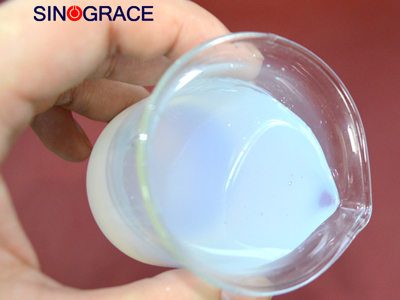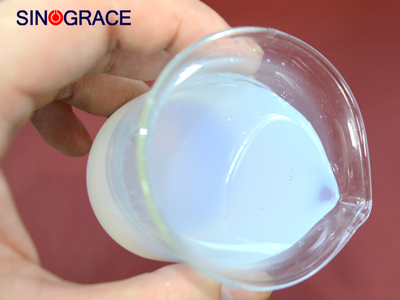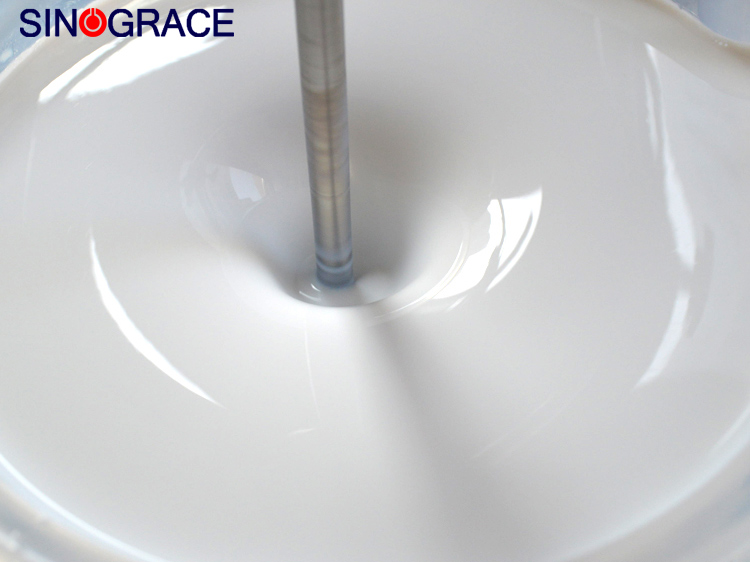[Packaging label] Uncovered no glue residue! Silky removable label
Labels, as they are called in the printing industry, are mostly printed materials used to identify the relevant instructions of their products, and most of them come with glue on the back. But there are also some printing without glue, can also be called labels. Glue label is colloquially known as "sticker label". Label base material classification Substrate application surface material paper Coated paper,writing paper,thermal paper,Mirror coated paper,fluorescent paper,kraft paper,laser paper,Transparent heat-sensitive paper,specialty paper film PET PP PVC HDPE CPP BOPP,pearlized film,synthetic paper,Special film other Aluminum foil paper,aluminized paper,pure aluminum paper,silk cloth synthetic paper,cloth,Foam and so on colour transparency,abrazine,Light white,matte white,Light silver (bright silver),matte silver,golden,laser In our daily life, we often come across some products with labels. After tearing off the labels, there will often be residual glue, which is difficult to remove and affects our use experience. In order to improve user experience, removable self-adhesive labels emerge at the historic moment. As can be seen from its name, it is easy to remove, and can be repasted and used many times. After the label is attached to the commodity, the label can be easily removed from the commodity surface under the condition of relatively stable environment, and the adhesive does not remain on the surface of the object. Between the surface material and the base material of the self-adhesive label, the removable adhesive is used as the adhesive. Suitable for different surface materials and use environment. First of all, removable self-adhesive labels have been widely used in household electrical products, mainly as decorative labels. Its feature is that it can be removed at any time, but also can be retained for a long time. It is also recommended to use removable self-adhesive labels when the goods need to be promoted, so that when we remove the labels from the goods, we can ensure the integrity of the goods surface. There are some daily necessities at the seal, using can also remove the sticker label, can be reattached or multiple use. In addition, there are clothing textile surface labels and special labels in office supplies, are removable sticker labels. In a relatively stable environment, the label can be easily removed from the surface of the product, and the adhesive does not remain on the surface of the object. The reason why the removable sticker label has such a unique performance is that it mainly uses a removable adhesive, which effectively prevents the adhesive from falling off from the surface of the product when the label is removed from the surface of the product. But there is no need to worry about the removable sticker label so easy to fall off, although it can be easily removed clean, but this does not mean that its bond strength is not good, as long as the correct and reasonable use,...
read more

 English
English français
français русский
русский español
español العربية
العربية![[Packaging label] Uncovered no glue residue! Silky removable label](/uploadfile/news/2e98e2a7cca5f3a575682e357d06420d.jpg)








